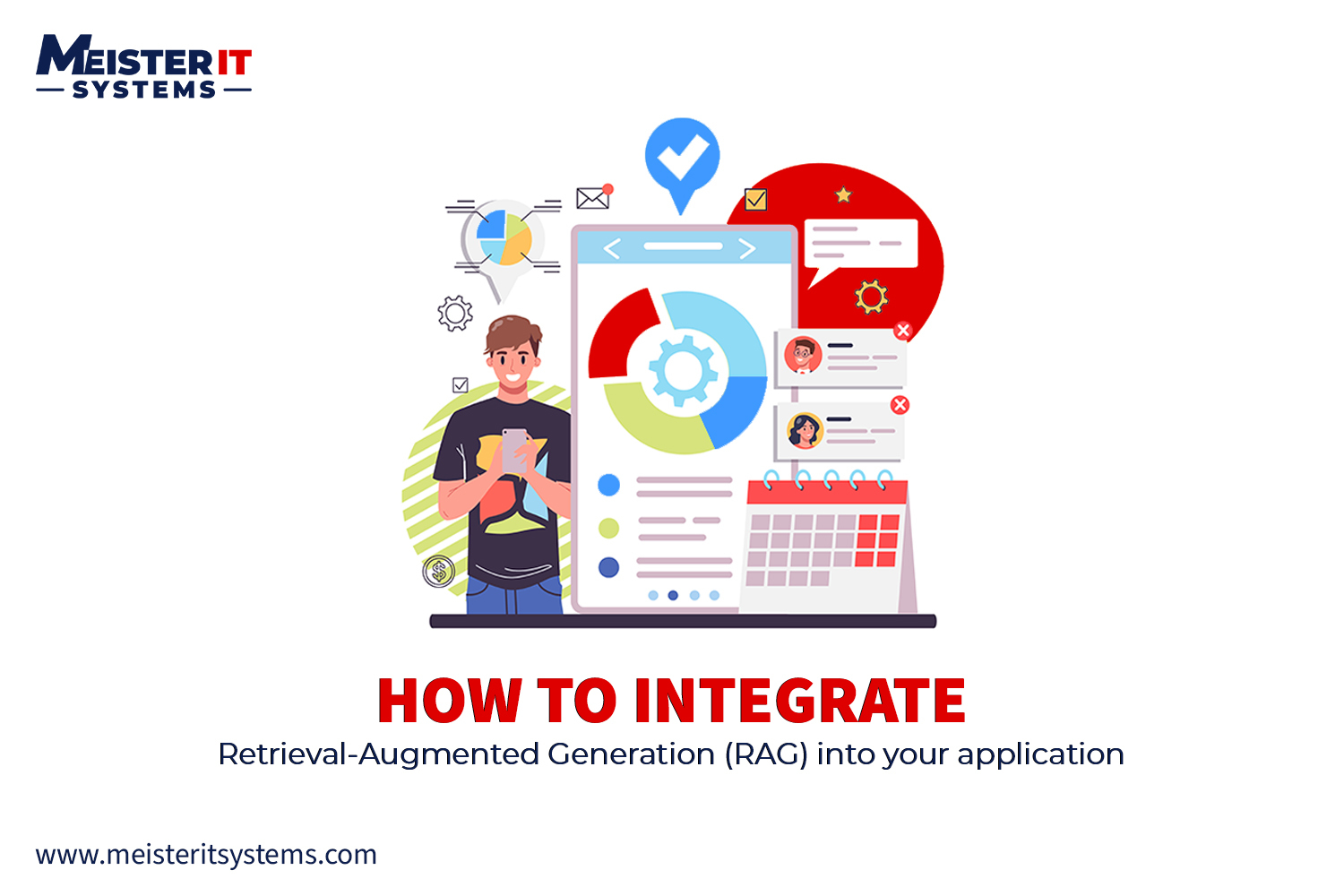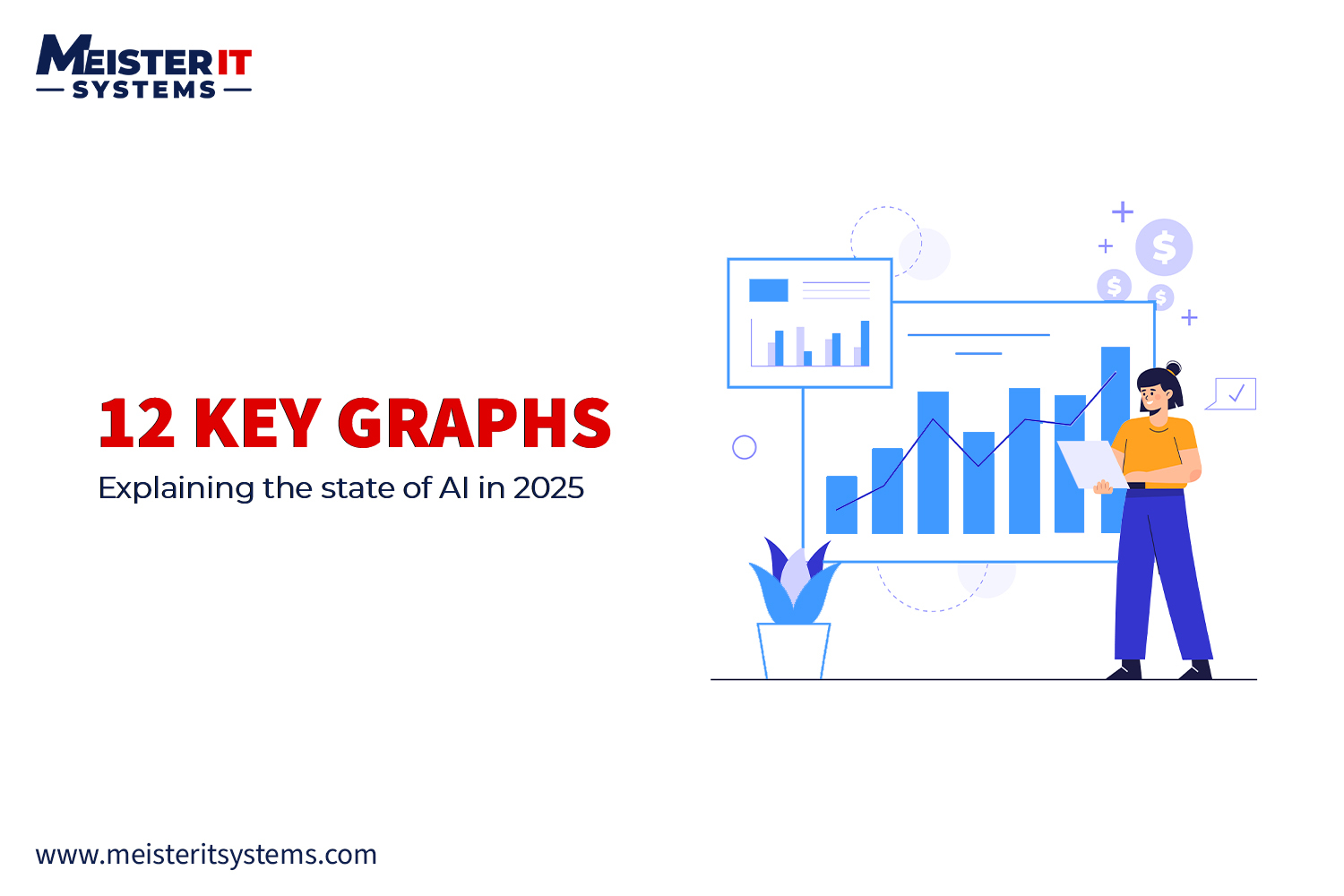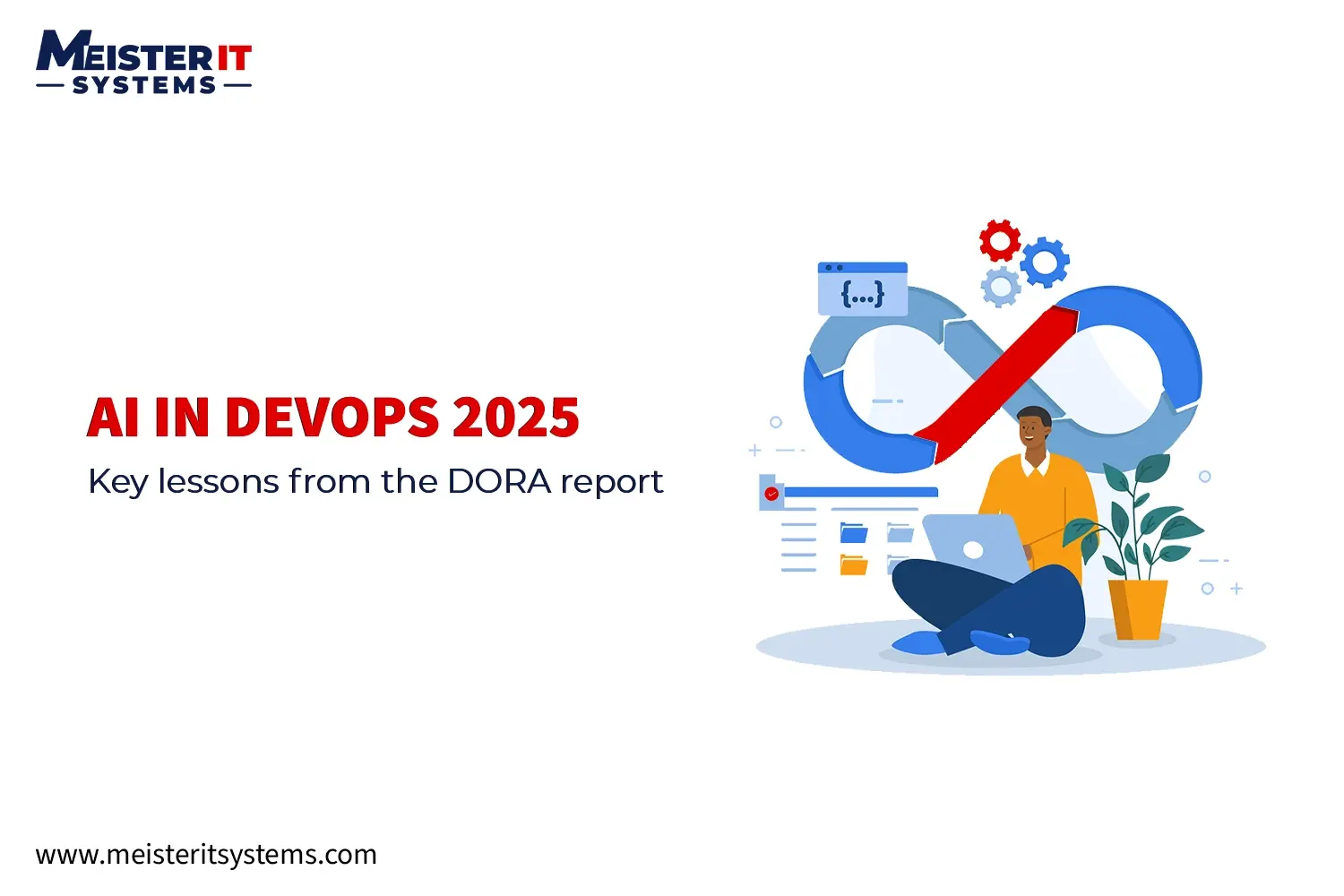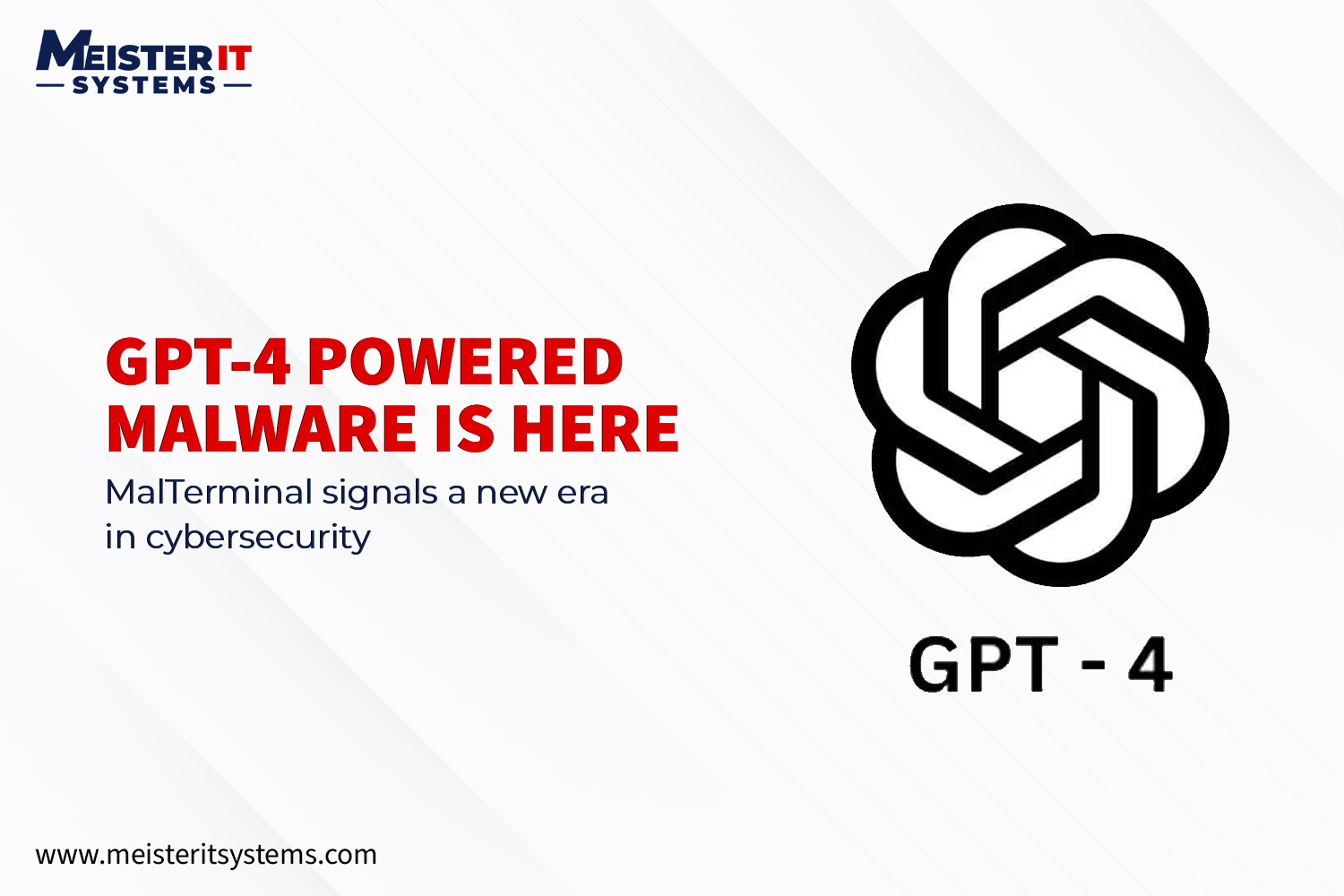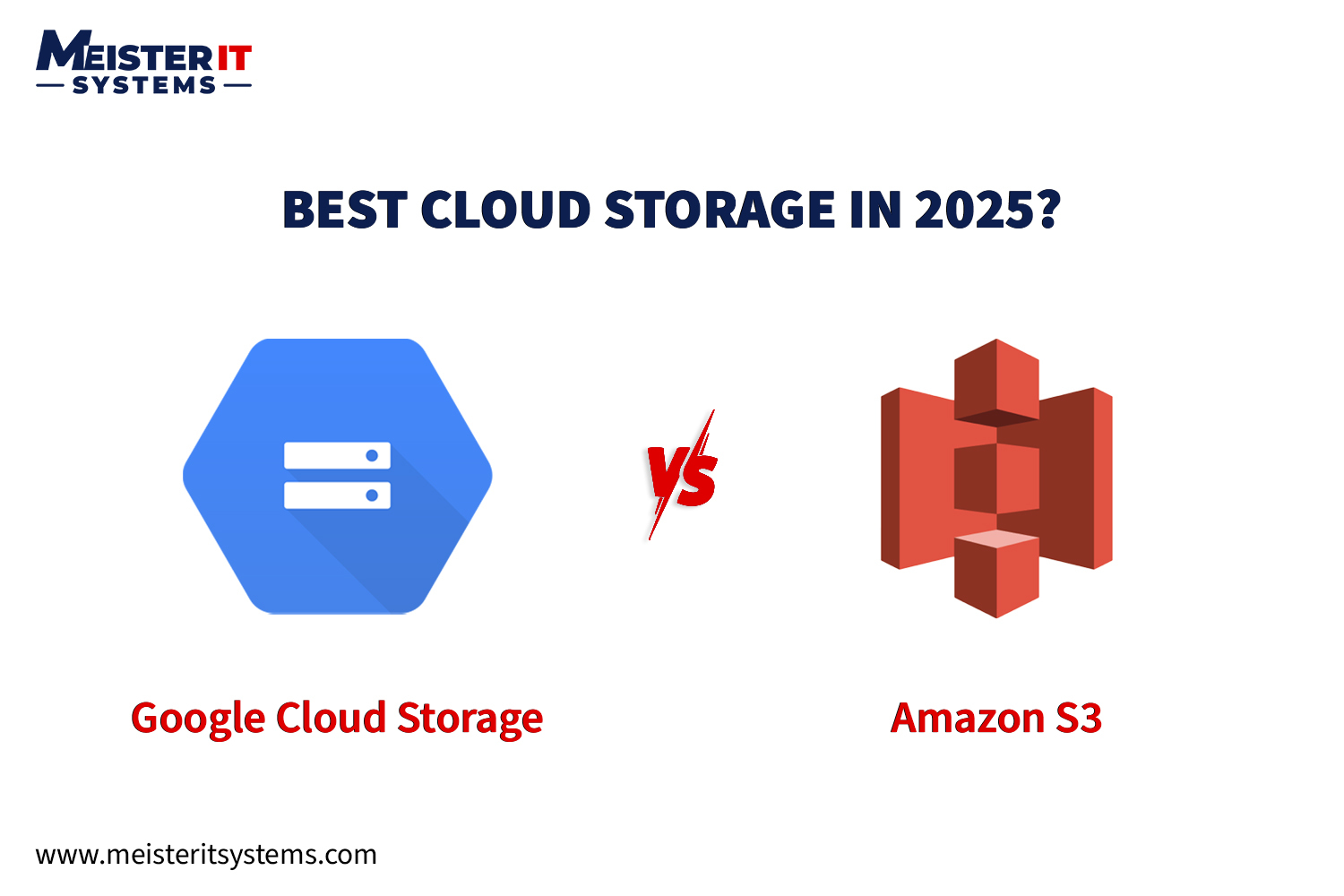
In a recent announcement, Google’s Gary Illyes introduced an unconventional yet effective method for centralising robots.txt rules on Content Delivery Networks (CDNs). Traditionally, it was believed that a website’s robots.txt file must be located at the root domain (e.g., example.com/robots.txt). However, Illyes has clarified that this is not an absolute requirement, offering a fresh perspective on the Robots Exclusion Protocol (REP).
Let’s find out what does it mean!
Flexibility of Robots.txt File
Traditionally, webmasters believed that the robots.txt file had to be located at the root domain. This file directs web crawlers on which parts of a site can be indexed, playing a crucial role in SEO and site management.
Gary Illyes challenges this long-standing belief, revealing that having robots.txt files is permissible on different domains – one on the primary website and another on CDN ( Content Delivery Network).
For instance, a website could maintain one robots.txt file at https://cdn.example.com/robots.txt and another at https://www.example.com/robots.txt. This approach allows a single, comprehensive robots.txt file to reside on the CDN, with the main domain redirecting requests to this centralised file.
Now, let’s see how centralised Robots.txt file will work.
How Centralizing Robots.txt Files Works?
According to his post, “ Crawlers complying with RFC9309 will just use the redirect as the robotstxt file for the original domain.
Centralizing robots.txt files involves redirecting requests from the main domain to a robots.txt file hosted on a CDN. Crawlers complying with RFC9309 will follow the redirect and use the target file as the robots.txt file for the original domain. This method aligns with updated web standards and offers greater flexibility in managing crawl directives.
Benefits of Centralizing Robots.txt Rules on CDNs
Still confused… whether centralised Robots.txt on CDNs is a good thing or not. Don’t worry! We’ve listed some benefits describing how it can beneficial for achieving better results.
1. Centralised Management
By consolidating robots.txt rules in one location, you can streamline the maintenance and updating process. This centralised approach simplifies the management of crawl directives, ensuring that changes are propagated consistently across your web presence.
2. Improved Consistency
A single source of truth for robots.txt rules reduces the risk of conflicting directives between your main site and CDN. This consistency is crucial for maintaining optimal crawl efficiency and preventing search engines from accessing restricted areas of your site.
3. Enhanced Flexibility
Centralizing robots.txt files allows for more adaptable configurations, particularly for sites with complex architectures or those utilizing multiple subdomains and CDNs. This flexibility enables webmasters to manage crawl directives more efficiently and respond swiftly to changes in site structure or SEO strategy.
4. Streamlined SEO Efforts
A streamlined approach to managing robots.txt files can enhance your SEO efforts by ensuring that search engines crawl and index your site as intended. This method can lead to improved search engine rankings and better visibility for your web content.
Looking Back At 30 Years of Robots.txt
As the Robots Exclusion Protocol celebrates its 30th anniversary this year, Illyes’ insights highlight the ongoing evolution of web standards. He even speculates on the necessity of the file being named “robots.txt,” hinting at potential changes in how crawl directives are managed. This evolution underscores the importance of staying informed about industry updates and adapting to new practices for optimal site management.
Conclusion
Following Gary Illyes’ guidance on centralizing robots.txt rules on CDNs can revolutionise how you manage your site’s crawl directives. This approach not only simplifies maintenance but also enhances consistency, flexibility, and SEO effectiveness. As web standards continue to evolve, embracing these innovative methods will ensure your site remains optimised and well-managed in the ever-changing digital landscape.
Also, by consolidating your robots.txt files on CDNs, you can leverage centralised management, reduce the risk of conflicting directives, and maintain a streamlined SEO strategy.
So, don’t forget to embrace this new update to keep your web presence robust, agile, and ready for future challenges.








